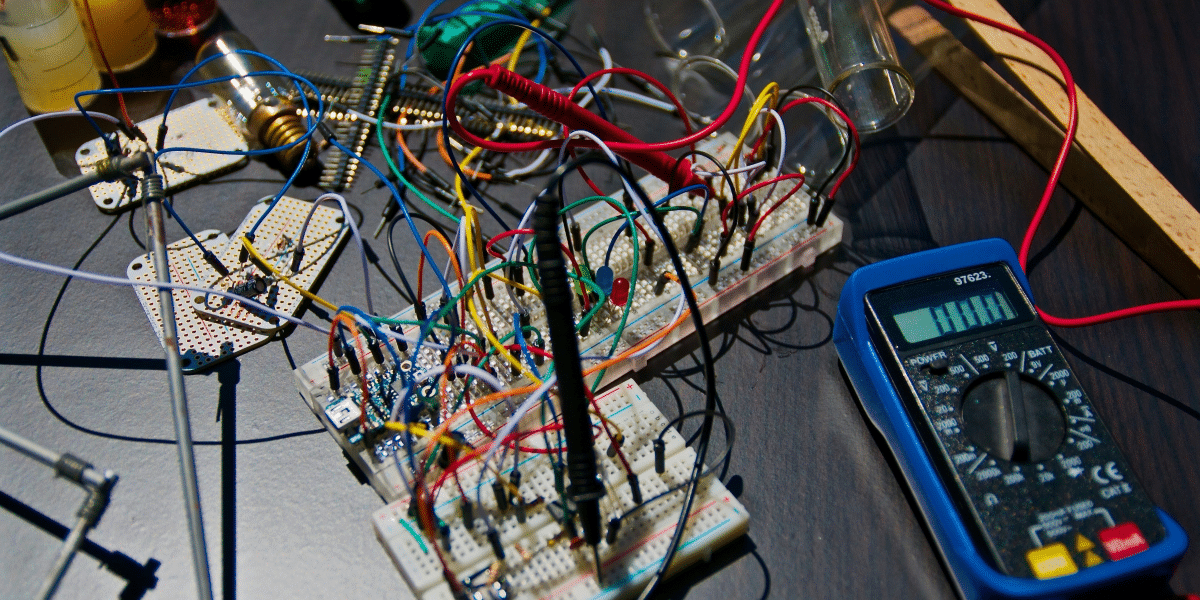By: SEO Mavens
Learning to play the violin is an enriching learning experience. It helps you express yourself through music. But, it can be hard, especially for beginners. Experienced violinists opine that new learners struggle a lot to get the right sound in the right tune. So? Is violin hard to learn? Yes, it is. But with expert guidance and mentorship from experienced teachers, you can surely beat the beginner’s challenges.
You could be interested in playing classical music or more contemporary styles, these tips will help you build a strong foundation. It will help you to gain confidence and make your learning experience enjoyable. Here’s how to get started on the right note.
Choosing the Right Violin
First, choose the right violin. It’s important to choose one that fits you well. By fitting well, we mean that it should rest comfortably on your arms. Violins come in varied sizes, from small ones for kids to full-size ones for adults. If your violin is too big or too small, it can be uncomfortable to play. Ask your teacher or someone at a music store to help you find the right size. Also, avoid buying the cheapest option. A low-quality violin may not sound good and could make learning harder. Get a well-made student violin and make sure the bow feels comfortable in your hand.
Maintaining Good Posture
Good posture is important for playing well and staying comfortable. When you hold the violin, rest it on your left shoulder and place your chin on the chinrest. Keep the violin straight and parallel to the floor. Your shoulders should be relaxed—don’t raise them towards your ears—and always sit or stand up straight. It might feel strange at first, but good posture will help you play longer without getting tired.
Holding the Bow Correctly
Learning how to hold the bow correctly is also important for making good sounds. Many beginners find this tricky, but practice makes perfect. Hold the bow with relaxed fingers; don’t grip it too tightly. Your pinky should rest on top, and your thumb should bend near the end of the bow. Your fingers should move freely as you draw across the strings. It may take time to get used to this grip, but once you do, your sound will improve.
Practicing Scales
Practicing scales is very helpful, even if it seems boring at first. Scales are just notes played in order, and they help train your fingers and ears. Start with simple scales like G major or A minor. Practicing scales will improve your ability to play in tune and help you learn where to place your fingers on the fingerboard. Try to practice scales every day, and as you get better, challenge yourself with harder ones.
Using a Metronome
A metronome is a great tool for beginners. It makes a steady clicking sound that helps you keep time while you play. When learning a new piece or practicing scales, start slowly with the metronome and gradually increase your speed as you get more comfortable. This will help you play evenly and prevent rushing through difficult parts.
Finger Placement and Using Tapes
Finger placement is very important since violins don’t have frets to guide your fingers. Many beginners use finger tapes on the fingerboard; these small pieces of tape show where your fingers should go to play the right notes. They are helpful for beginners because they make finger placement easier. Even with tapes, listen carefully to ensure you’re playing the right notes. As you improve, try removing the tapes and relying more on your ears.
Start with Simple Songs
When you begin learning, start with simple songs. It might be tempting to jump into difficult music, but starting with easy pieces like “Twinkle, Twinkle, Little Star” or “Mary Had a Little Lamb” helps build confidence. These songs are fun to play and allow you to practice bowing and finger placement without feeling overwhelmed.
Focusing on Bowing Technique
Pay attention to your bowing technique from the start because it’s what creates sound on the violin. Make sure you’re bowing straight across the strings; if your bow is angled, it won’t sound as clean. Practice using different amounts of pressure on the bow—pressing too hard can make a harsh sound while not pressing enough makes it too soft. Experiment with bow speed as well; different speeds create different sounds in your playing.
Listening to Professional Violinists
Listening to professional violinists can inspire you and help you learn. Pay attention to how they handle their violins, how they play notes, and how they express feelings through music. Try listening to different types of music—not just classical—like jazz or folk. This will give you new ideas for your own playing style.
Last but not the Least – Be Patient with Yourself
Finally, be patient with yourself while learning the violin. Progress may be slow at first, but that’s okay! The most important thing is to practice regularly; even 20 to 30 minutes a day can help you improve over time. Set small goals for yourself, like mastering a simple piece or improving your bowing technique. As you reach these goals, you’ll feel more motivated to keep going.By following these tips, you’ll create a strong foundation for playing the violin. Improvement may take time, but with practice and dedication, you’ll see progress and have fun along the way! Stay patient, keep practicing, and enjoy this wonderful journey of learning the violin!
And if you find it difficult to find good violin teachers in your neighborhood, try out online violin classes.
Published by: Nelly Chavez












